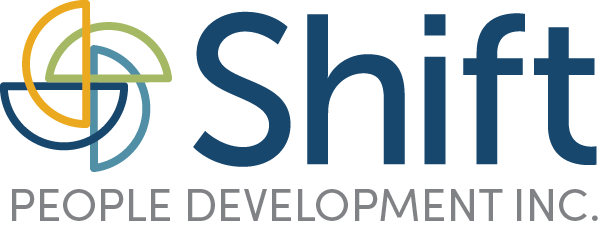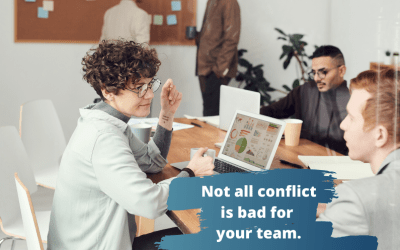Transitioning from employee to manager requires a different way of thinking. You must transition from being the “doer” to the “decision maker”. If, as a manager or business owner, you make all the decisions on your own without involving your team, you run the risk of disengaging your employees.
On the other hand, if you are indecisive, you run the risk of not being seen as the leader that you really are. In this post I am going to explain a four-stage process that can help you understand when you should involve your team in the decision-making process and how to ‘hone’ your decision-making skills.
In this video, I will explain a 4-step process used my managers at Google to help them make good decisions and engage employees at the same time!
Decision-making is a key skill for any Manager, Executive or Business Owner. I have coached many business owners who have decision fatigue. They are exhausted from making all the decisions on their own and feel like they cannot possibly make another decision. I have also coached managers who are indecisive because they are afraid they’re going to make a mistake. You do not have to end up on either end of that continuum. You can become skilled at knowing when you should involve your team in the decision-making process and when you should make the decision independently.
How Managers at Google Makes Decisions
Tell – Consult – Delegate – Consensus
Google trains all its new managers on a four-stage decision-making continuum known as Tell, Consult, Delegate, and Consensus. This tool helps managers (and business owners) evaluate when they should decide independently or whether it’s time to involve the team in the decision-making process.
Tell is when you solely make the decision on your own. You take full ownership for the decision and do not consult your team prior to making the decision because there is not going to be a lot of impact on your team.
You move to the CONSULT stage of the continuum when there is going to be more impact on your team, and they are likely going to want to know why a particular decision is being made. You literally consult with your team by asking them how they feel about this decision and maybe even get some ideas related to the decision itself. There is an important element of the consult stage of this continuum that you cannot forget. If you ask employees for their ideas but do not use those ideas, you need to go back and tell your employees why you weren’t able to use their idea. If you engage them and ask them their opinion on something, and then you can’t take any of their ideas, but you don’t tell them why they feel like you didn’t hear them and they also feel like you might have wasted their time. Make sure you always tell employees why you could not use their idea.
The third stage on the decision making continuum is called DELEGATE. This is where the employee takes complete ownership over the decision-making (because you delegated the task and authority of the task to them) and you simply let them know the end result you are looking for. A good example of that might be when an employee is deciding how they’re going to get their work done. You’ve told them what needs to happen, you told them how you want that to look, but now they get to decide how they’re going to do their work.
The last stage of that continuum is called CONSENSUS. At this stage, you bring your entire team together, describe the situation or decision to be made, brainstorm options and take a vote or reach some sort of consensus as to how you will move forward. Strategic planning is a great example of consensus. Once a year you bring everyone into a room, as a group you decide on priorities and where the focus will be, you set goals and reach a consensus as to how you will achieve those goals.
Decision-Making as an Engagement Tool
The whole point of this continuum as a tool is to help you realize that you do not have to make all the decisions on your own. The Tell, Consult, Delegate and Consensus model can help you understand the continuum of decision-making, so you know when to involve your employees and when you should be the one making the sole decision. Everyone wants to feel that their voice is heard, and this is how you are going to make sure your employees feel like they are a part of the solutions while also building your own decision-making capabilities.

